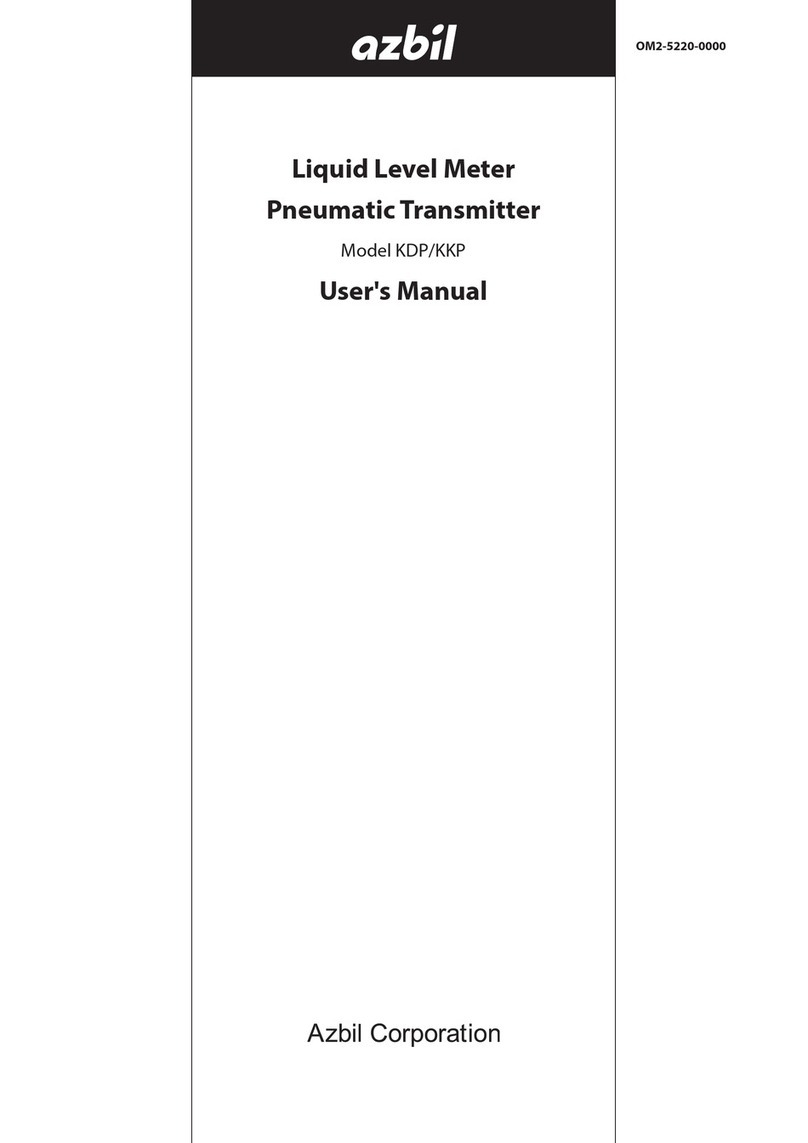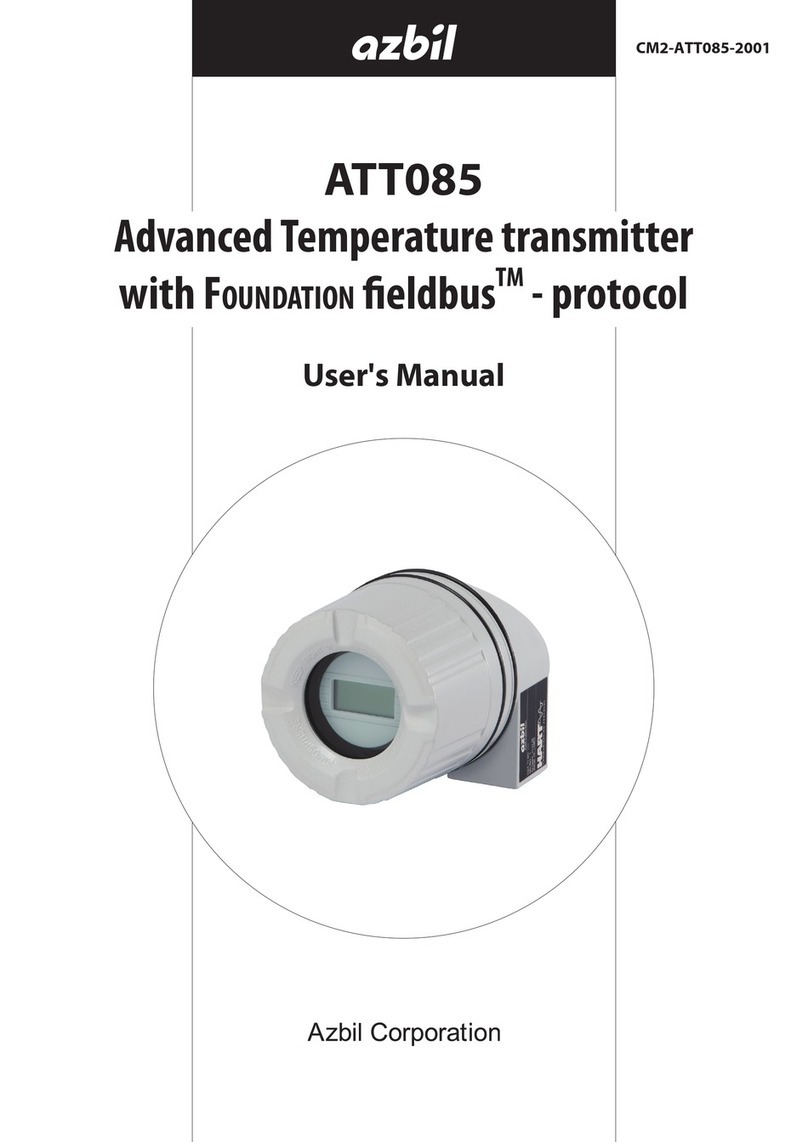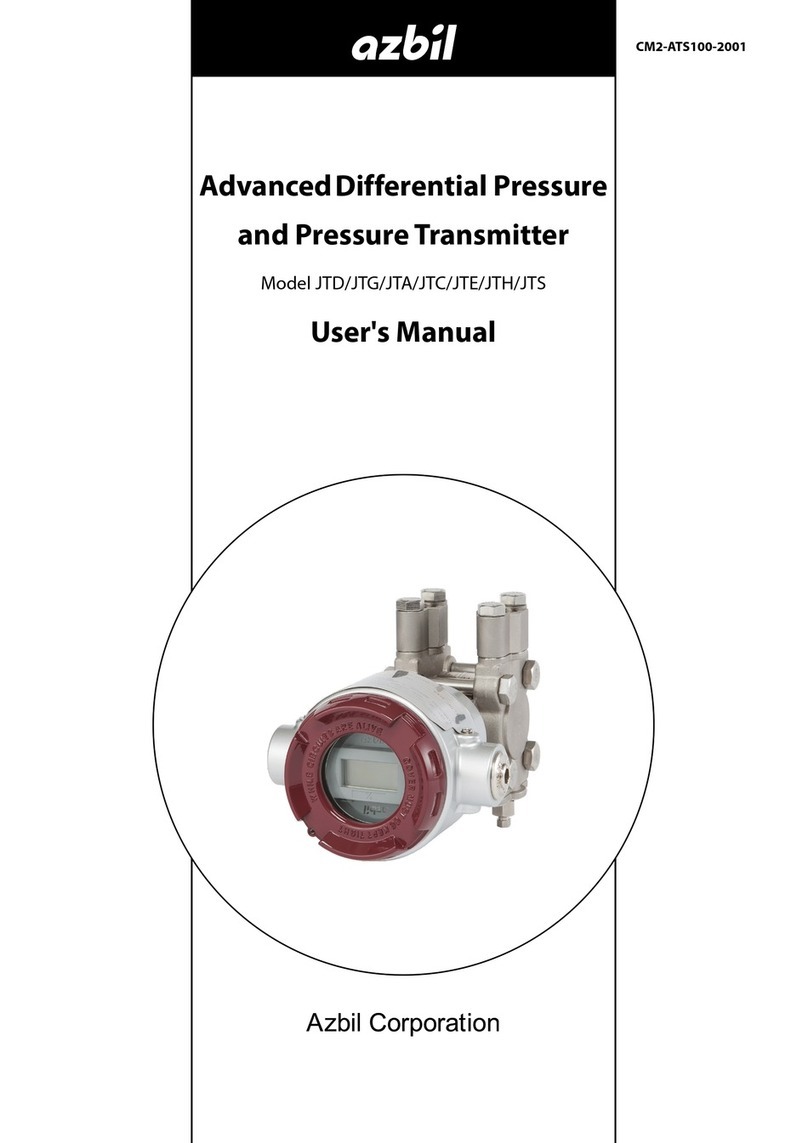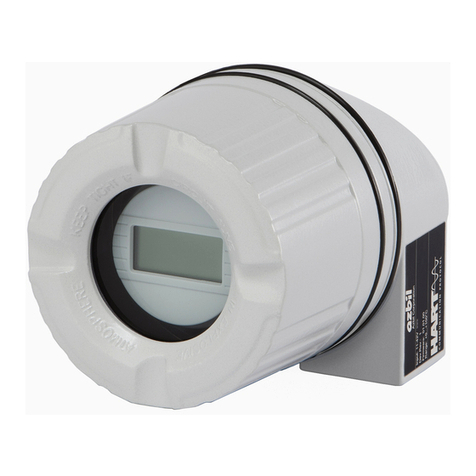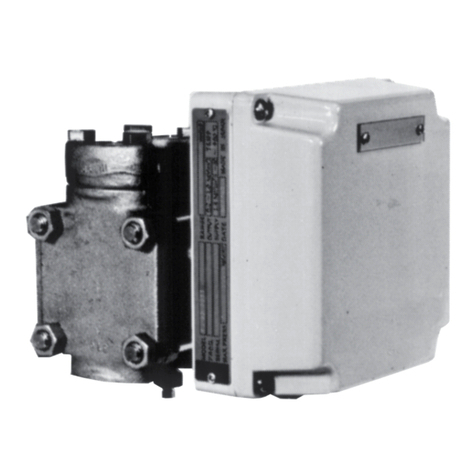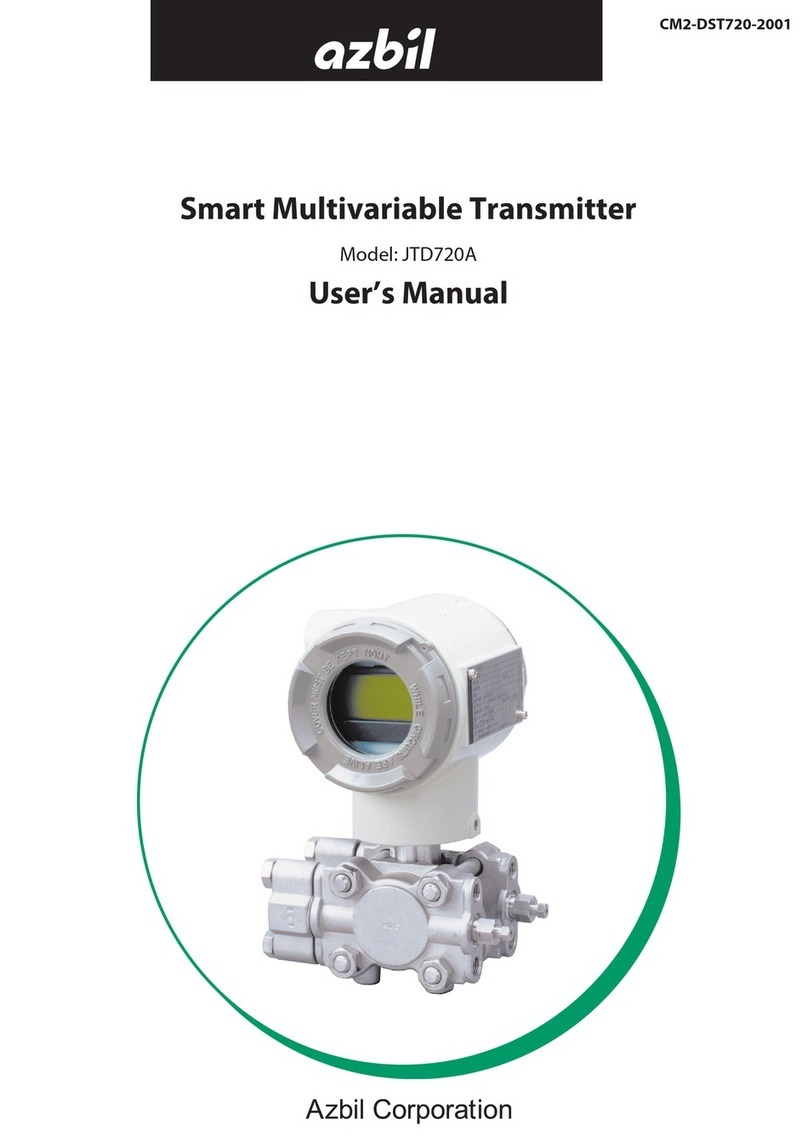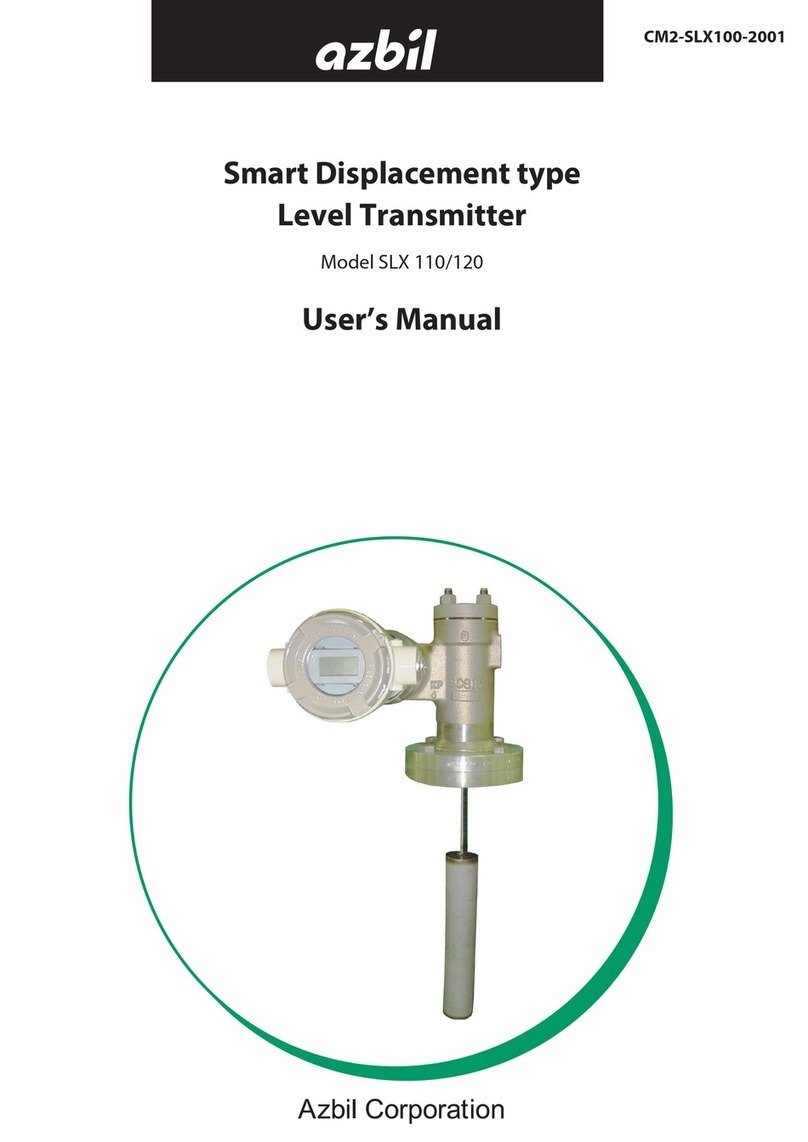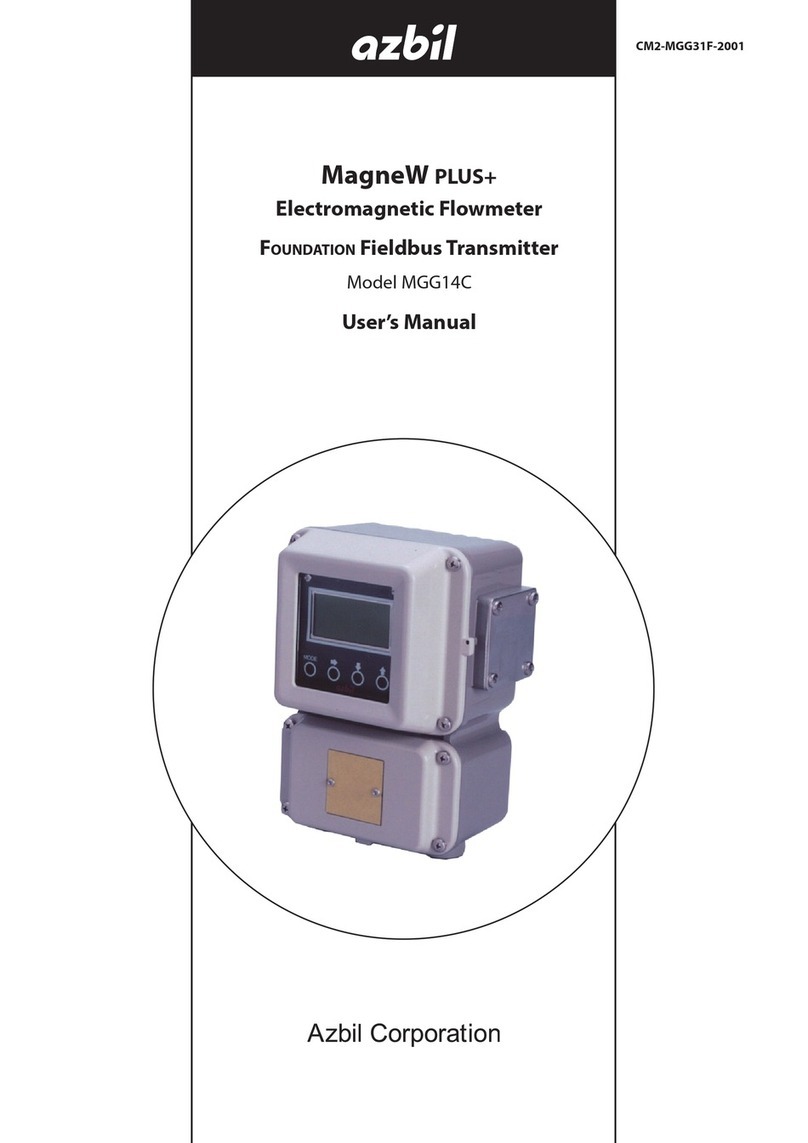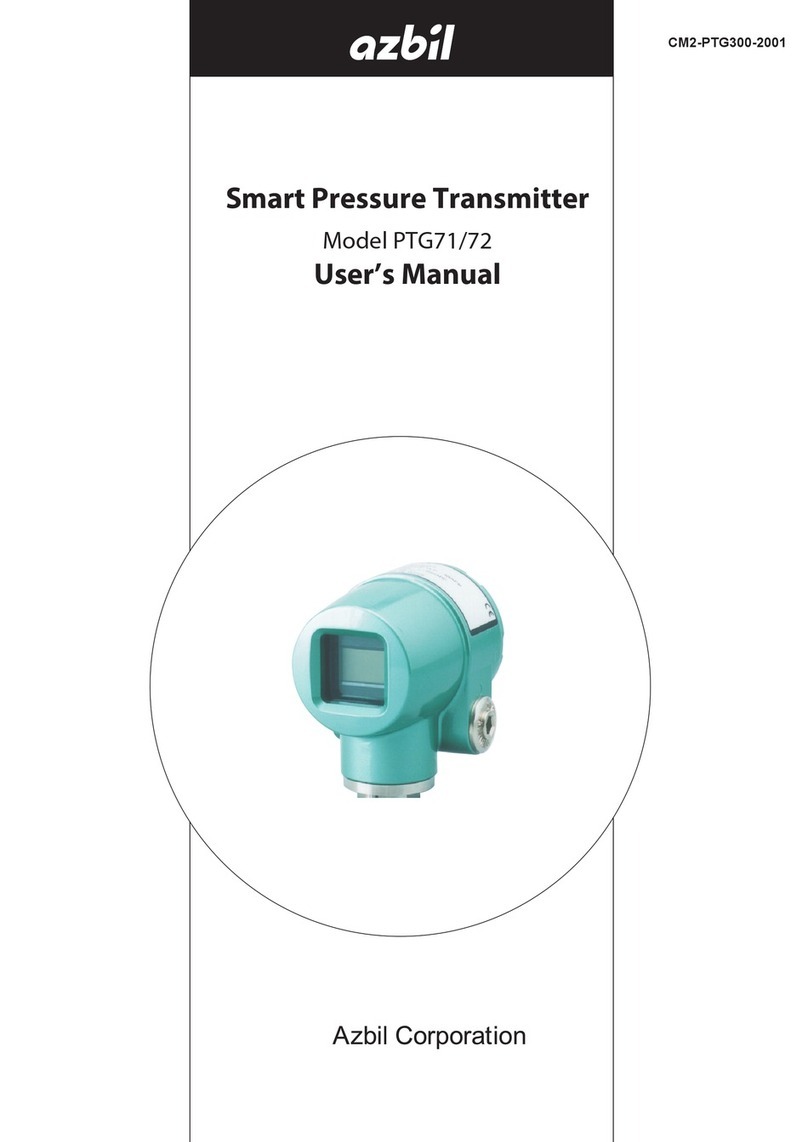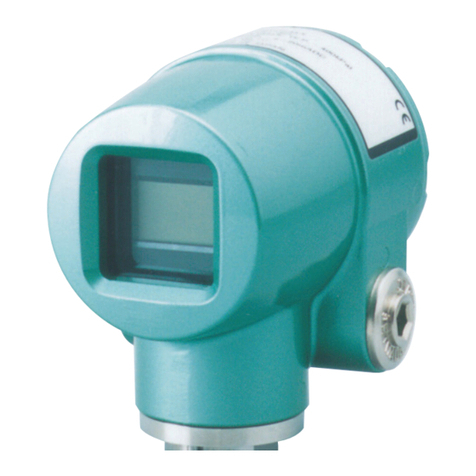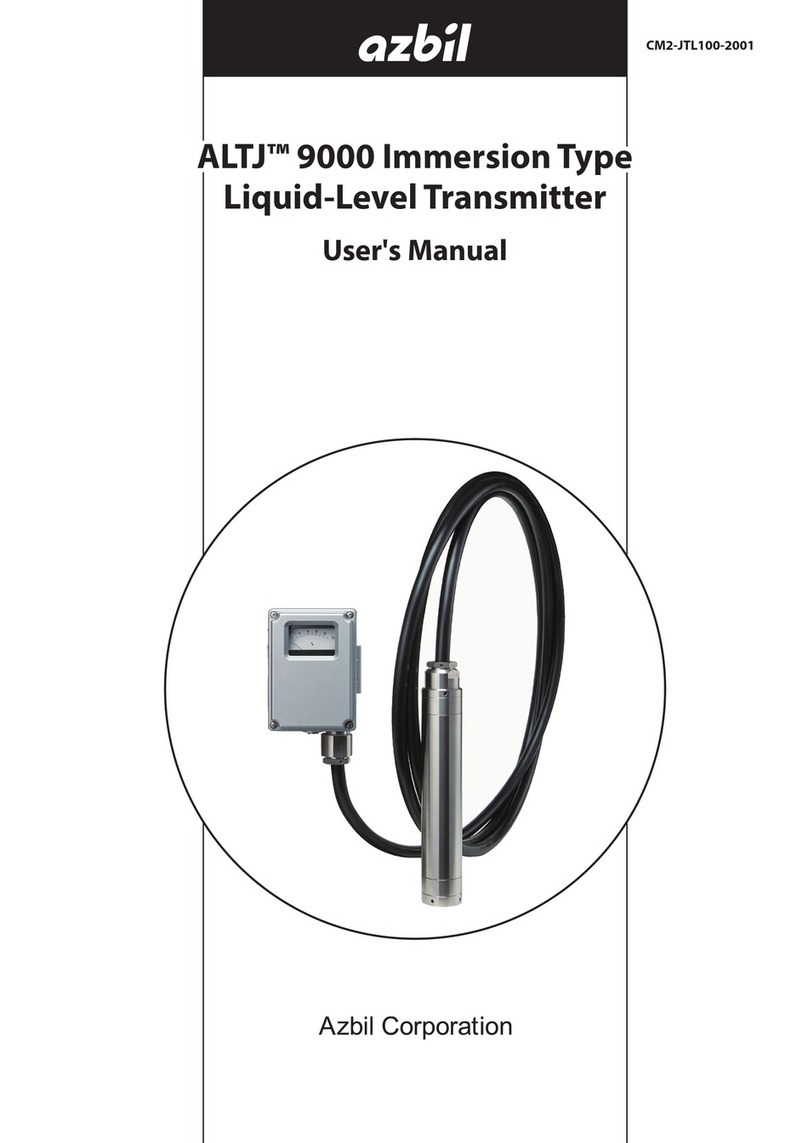
i
Table of Contents
Chapter 1. Important document information.......................................1
1-1. Function of document and how to use..................................................1
1-1-1. Document function .............................................................1
1-1-2. Safety Instructions ..............................................................1
1-2. Safety. . . . . . . . . . . . . . . . . . . . . . . . . . . . . . . . . . . . . . . . . . . . . . . . . . . . . . . . . . . . . . . . . . . . . . . . . . . . . . . . . . 1
1-2-1. Handling Precautions for This Product............................................2
Chapter 2. Basic safety instructions ................................................5
2-1. Requirements for the personnel ........................................................5
2-2. Designated use ........................................................................5
2-3. Operational safety .....................................................................5
Chapter 3. Identification...........................................................7
3-1. Device designation.....................................................................7
3-1-1. Nameplate ......................................................................7
3-2. Scope of delivery.......................................................................7
3-3. Certificates and approvals ..............................................................7
3-4. CE mark, Declaration of Conformity.....................................................8
3-5. HART® Protocol Certification............................................................8
3-6. Korea Certification Mark................................................................8
Chapter 4. Installation instructions.................................................9
4-1. Incoming acceptance, transport, storage................................................9
4-1-1. Incoming acceptance............................................................9
4-1-2. Transport and storage ...........................................................9
4-2. Installation conditions..................................................................9
4-2-1. Dimensions .....................................................................9
4-2-2. Mounting location ..............................................................9
4-2-3. Important ambient conditions ...................................................9
4-3. Installation instructions ...............................................................10
4-3-1. Mounting the head transmitter .................................................10
4-4. Post-installation check ................................................................10
Chapter 5. Wiring ............................................................... 11
5-1. Quick wiring guide ....................................................................11
5-2. Connecting the sensor cables .........................................................12
5-3. Connecting the power supply and signal cables........................................13
5-4. Shielding and grounding..............................................................14
5-5. Post-connection check ................................................................15
